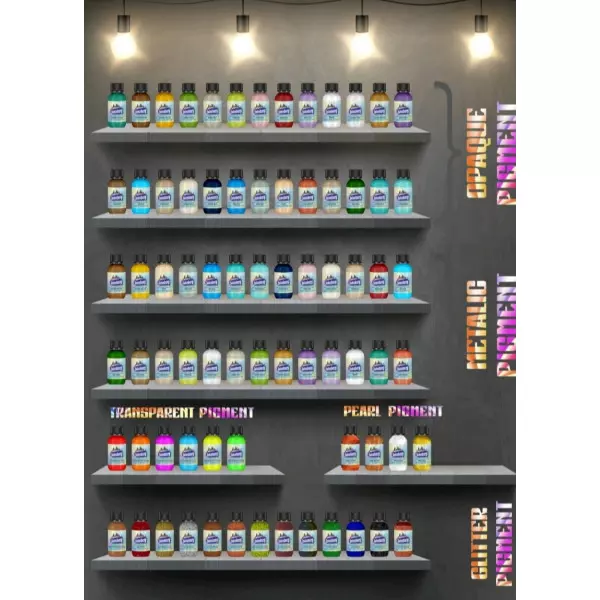Epoxy Pigment Manufacturers In Ranchi
Details of Epoxy Pigment
Epoxy pigment is a type of pigment used in epoxy resin systems to add color and enhance aesthetic appeal. These pigments are designed to be compatible with epoxy resins, providing vibrant and durable finishes. They are often used in applications such as flooring, coatings, art, and crafts
Composition: Epoxy pigments are usually made from a combination of organic or inorganic pigments suspended in a medium compatible with epoxy resins. Some common types include metallic pigment-based pigments, and liquid colorants.
Color Range: They come in a wide range of colors, including vibrant hues, metallic shades, and translucent finishes. This allows for flexibility in design, whether for decorative coatings, flooring, or artwork.
Compatibility: These pigments are specifically formulated to be mixed with epoxy resins, ensuring good dispersion and stability. They don’t usually affect the curing or performance properties of the resin.
Applications: Epoxy pigments are commonly used for decorative flooring, industrial coatings, countertop finishes, and even in art projects where epoxy resin is used as a medium.
Durability: Once mixed and cured with the resin, the pigments are highly durable, resistant to fading, and offer good chemical and abrasion resistance. This makes them ideal for both indoor and outdoor applications.
Usage: To use epoxy pigments, they are typically mixed into the resin part of the epoxy system before the hardener is added. The amount of pigment used can vary depending on the desired color intensity.
Types of Pigments:
Powder Pigments: Dry pigment powders that can be mixed into liquid epoxy. These offer a high level of opacity and are often used for bold, solid colors.
Liquid Pigments: These are pre-dispersed pigments in a liquid base. They are easier to mix and are often used for more delicate applications or translucent finishes.
Metallic Pigments: These give a shimmering effect and are often used for creating marble or stone-like appearances in resin art and flooring.

